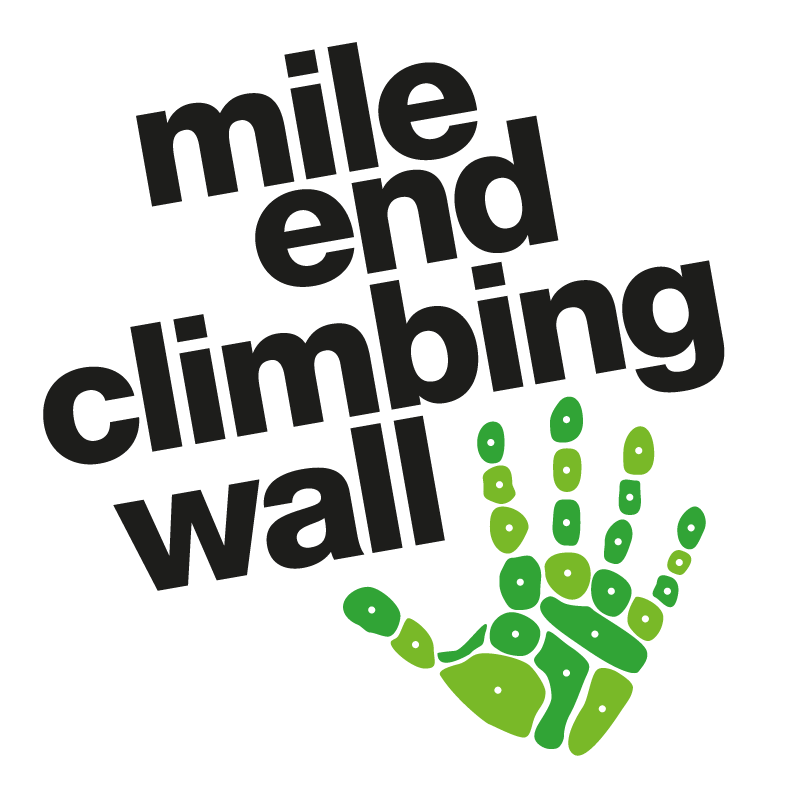news & events


Published in Blog - Routesetting on 21st May 2014
A question that is often asked.... It's a bit of a grey area, so i'm going to try and clear a few things up and give you the lowdown on how we do it at Mile End.
Every climbing wall has its own tagging system and guidelines to define start posistions for boulder problems. Unless it's a comp where you have two flashes of tape for your hands and two flashes of tape for your feet, it can sometimes be a bit confusing for people as to how a bloc starts. This is especially true as more volumes are thrown into the mix and we try and make each bloc we set more creative, trying to make you think about body positions and movement. So, how do we do it? A grade number or circuit tag is placed on a start hold or volume. The climber then has to work out if the bloc starts there - matched on a big jug for example, or, if there are any volumes or aretes in close proximity, does the bloc start one hand on the tagged start hold and one hand on the volume or arete? This is for you to decide - but, there are a few things to consider.
If it feels like a horrible start position or too hard for the grade, your probably in the wrong posistion. We like to get you on the bloc and get you going so its extremely rare for the first move to be the hardest.
The highest start hold is the one tagged. This means you can use any of the holds/volumes/arete underneath it if you want, any holds higher and you are starting in the wrong place.
It's not always a sit start! You don't have to pysically sit down on the floor to start a bloc. If you cant reach the start holds just pull on in a crouch position.
So, remember that it is a "boulder problem" and you are here to solve it! If you really aren't sure about a particular bloc and happen to see a route setter wandering about- ask! We are only too happy to tell how we intended you to start the bloc and how it was set.